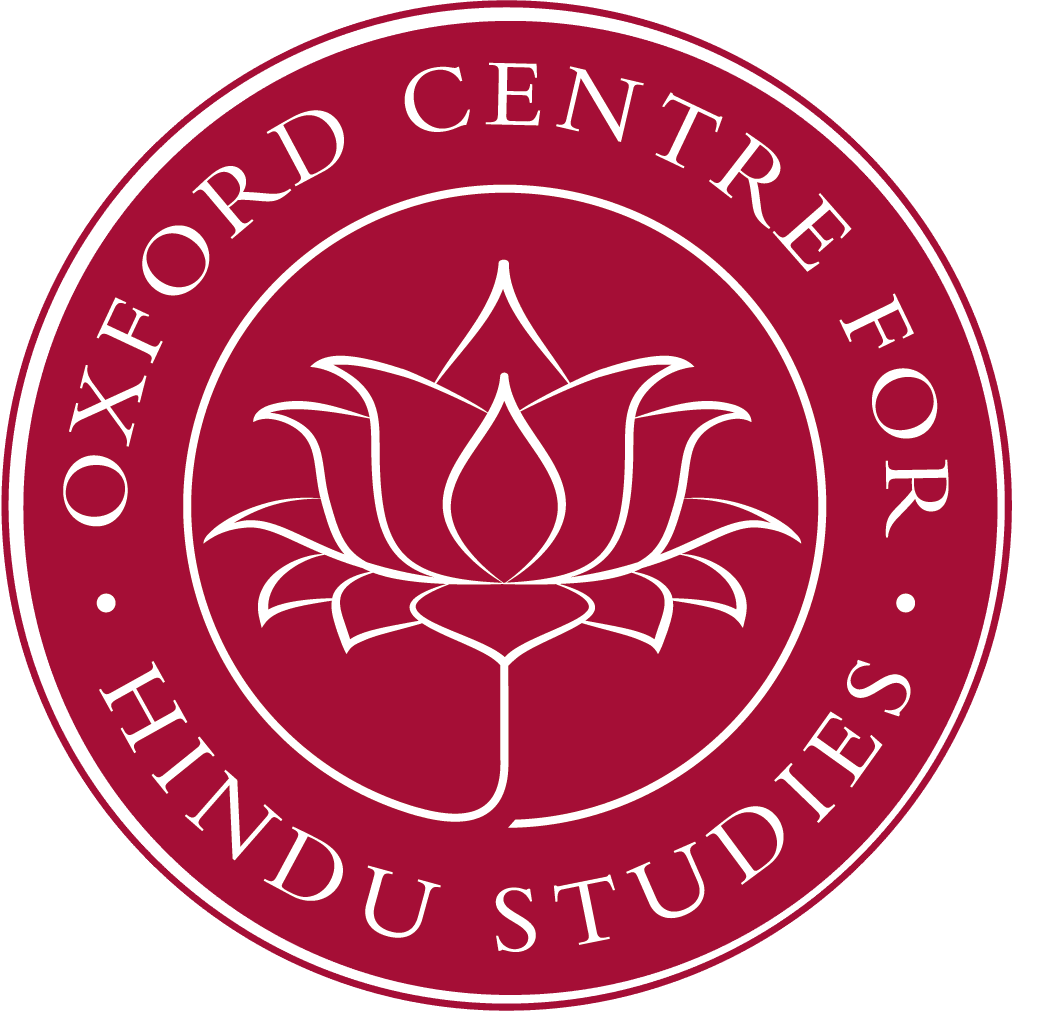Professor Patrick Olivelle is very well known and highly regarded for his work on early Indian religions. Among his many publications are The Asrama System: The History and Hermeneutics of a Religious Institution (OUP 1993), The Early Upanishads (OUP, 1998), and The Laws of Manu (OUP, 2004). Among his research interests are ascetic traditions and the history of the idea of dharma. Professor Olivelle teaches at the University of Texas at Austin.
Archives: Lectures
The origins and development of Shaktism
This seminar will explore traditions focused on the Goddess and examine the boundaries of Shakta traditions. The seminar will examine different kinds of Shakta tradition, those within the boundary of Brahmanical orthodoxy and those outside of that boundary. The seminar will raise critical questions about tradition, about etic and emic accounts, and about the relation of Indology to Anthropology. Bjarne Wernicke Olesen has a degree in Classical Indology and the Study of Religions from the University of Aarhus where he now teaches Sanskrit and Hinduism in the Department of the Study of Religions. He is currently undertaking doctoral research in the area of Shaktism.
Forming a Canon: The Literary and Political History of Dharmasastra
Majewski Lecture
This lecture will deal with the early history of the Hindu legal tradition and the formation of its canon of texts within the political contexts in which they were produced.
Earrings and Horns: Locating the first Naths
The Naths are ubiquitous in secondary literature on the religious culture of India during the last millennium, but they are very elusive in primary sources. This seminar will trace the development of the traits that set the Naths apart from other religious orders and try to pinpoint when they came together.
Hindu understandings of God 4: The theology of Utpaladeva and the monistic Shaivas
We find the idea of God in different religions and it is theologically interesting that semantic analogues of the category appear across the boundaries of traditions. This series of lectures explores Hindu ideas of God and raises questions about the meaning of God in human traditions and the idea of comparative theology.
Readings in the Upanishads Part 1 of 4
Professor Patrick Olivelle is very well known and highly regarded for his work on early Indian religions. Among his many publications are The Asrama System: The History and Hermeneutics of a Religious Institution (OUP 1993), The Early Upanishads (OUP, 1998), and The Laws of Manu (OUP, 2004). Among his research interests are ascetic traditions and the history of the idea of dharma. Professor Olivelle teaches at the University of Texas at Austin.
Readings in the Upanishads Part 2 of 4
Professor Patrick Olivelle is very well known and highly regarded for his work on early Indian religions. Among his many publications are The Asrama System: The History and Hermeneutics of a Religious Institution (OUP 1993), The Early Upanishads (OUP, 1998), and The Laws of Manu (OUP, 2004). Among his research interests are ascetic traditions and the history of the idea of dharma. Professor Olivelle teaches at the University of Texas at Austin.
Hinduism II: Hindu ideas of liberation Lecture 8: Monistic Saivism
These lectures will examine conceptions of liberation and paths leading to liberation in the history of ‘Hindu’ traditions. After an introductory lecture that raises some of the theological questions about the relation of path to goal and the importance of ritual and asceticism in the history of Indian religions, we will begin with an examination of Samkhya, the philosophical backdrop of Yoga, and move on to the opening Yoga-sutras, their ideal of liberation as isolation (kaivalya), and the means of achieving that goal. We will trace the development of devotion (bhakti) and examine bhakti and yoga in the Bhagavad Gita before moving into the medieval period. Here the lectures will describe some developments of bhakti in vernacular literatures, focusing on both texts that advocate devotion to iconic forms and the later texts that advocate devotion to an absolute without qualities. Here we will also examine the importance of ritual texts and the relation between ritual, devotion and yoga. Lastly we will trace the themes of liberation and path with examples from selected tantric traditions within Vaisnavism and Saivism. While the lectures will place texts in their historical contexts, the course will not examine texts in a strictly chronological sequence, the stress being on theme. Throughout we will raise critical theological questions through engaging with texts in translation and raise the question about the extent to which liberation is a rhetoric that overlays other cultural forces. By the end of the course the student should have an understanding of soteriology in Hindu traditions, an understanding of some the main literatures associated with this, and an awareness of the philosophical and theological problems entailed. These lectures are aimed at students of theology and religious studies.
Readings in the Upanishads Part 3 of 4
Professor Patrick Olivelle is very well known and highly regarded for his work on early Indian religions. Among his many publications are The Asrama System: The History and Hermeneutics of a Religious Institution (OUP 1993), The Early Upanishads (OUP, 1998), and The Laws of Manu (OUP, 2004). Among his research interests are ascetic traditions and the history of the idea of dharma. Professor Olivelle teaches at the University of Texas at Austin.
Siddhas, Munis and Yogins but no Naths: The Early History of Hathayoga
The Nath order has long been credited with being the originators of hatha-yoga and the authors of the Sanskrit texts on its practice. Text critical study of those works and research into other sources for the same period show this not to be the case: not one of the twenty Sanskrit texts that make up the corpus of early (pre-1450 CE) works on hatha-yoga was written in a Nath milieu. Furthermore, no single sect can be credited with starting hatha-yoga. On the contrary, hatha-yoga developed as a reaction against the sectarianism and exclusivity of tantra and was available to all, regardless of sectarian affiliation.
